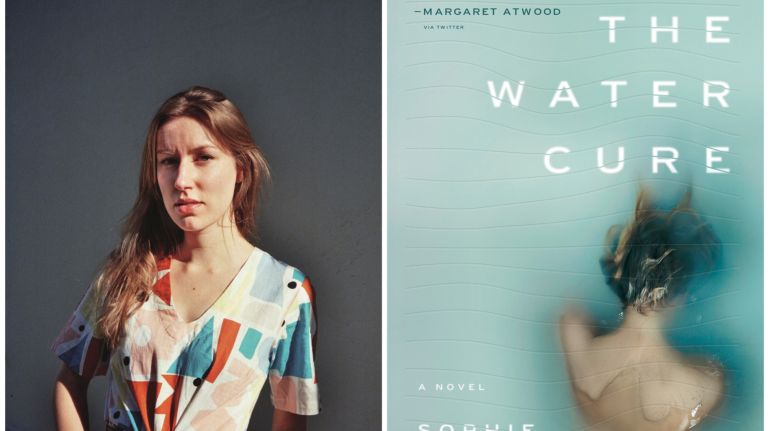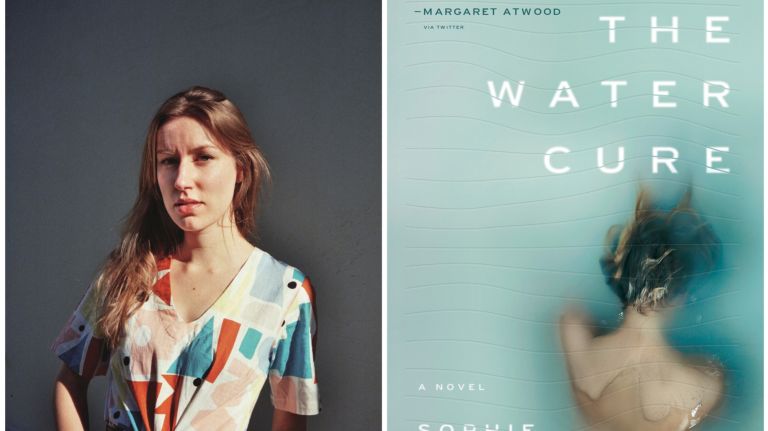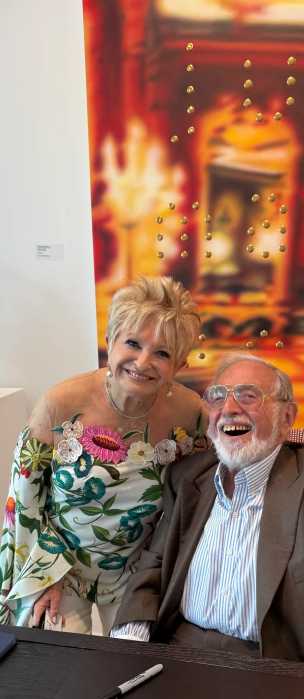
Sophie Mackintosh’s spectacular debut novel, “The Water Cure,” has at its core an elemental fairy-tale quality, one that derives more from the menacing forests of the Brothers Grimm than the Technicolor palettes of Disney or Pixar.
Three sisters — Grace, Lia and Sky — live on an island with their parents, King and Mother, freed from the rest of the “coarse, toxic earth.” For a while, other women whose “bodies were unequipped” to survive the world occasionally came to be healed.
When the book opens, those visitors have stopped and King is gone, presumed dead. Slowly clues emerge that he was perhaps not the benevolent savior he claimed to be. Some of these indications come from Mackintosh’s subtly revelatory prose, as when the sisters wonder if their inadequate attempts to “stifle” their bodies’ energy became “a smog,” driving King away. Others are more direct, as when Grace writes, “It occurs to me that I would like you to come back to life so I could kill you myself.”
Despite the island’s purported safety, the sisters have been abused, both psychologically and physically. They are taught that “the emotionality of women” makes men “feel compelled to hurt” them. In the name of therapy they are made to wear weighted-down dresses in the pool to play “the drowning game.” They are sewn into burlap “fainting sacks” and placed in the sauna.
Several months after King’s death, two men and a boy wash ashore, upending the sisters’ regulated isolation and awakening complex desires, especially in Lia.
The book’s true brilliance comes from its myriad uncertainties. Some are laid bare, others — including what specifically drove them to the island — remain nebular.
Perhaps the most unsettling and horrifying prospect is that the story takes place not in some fairy tale but in this world.








































